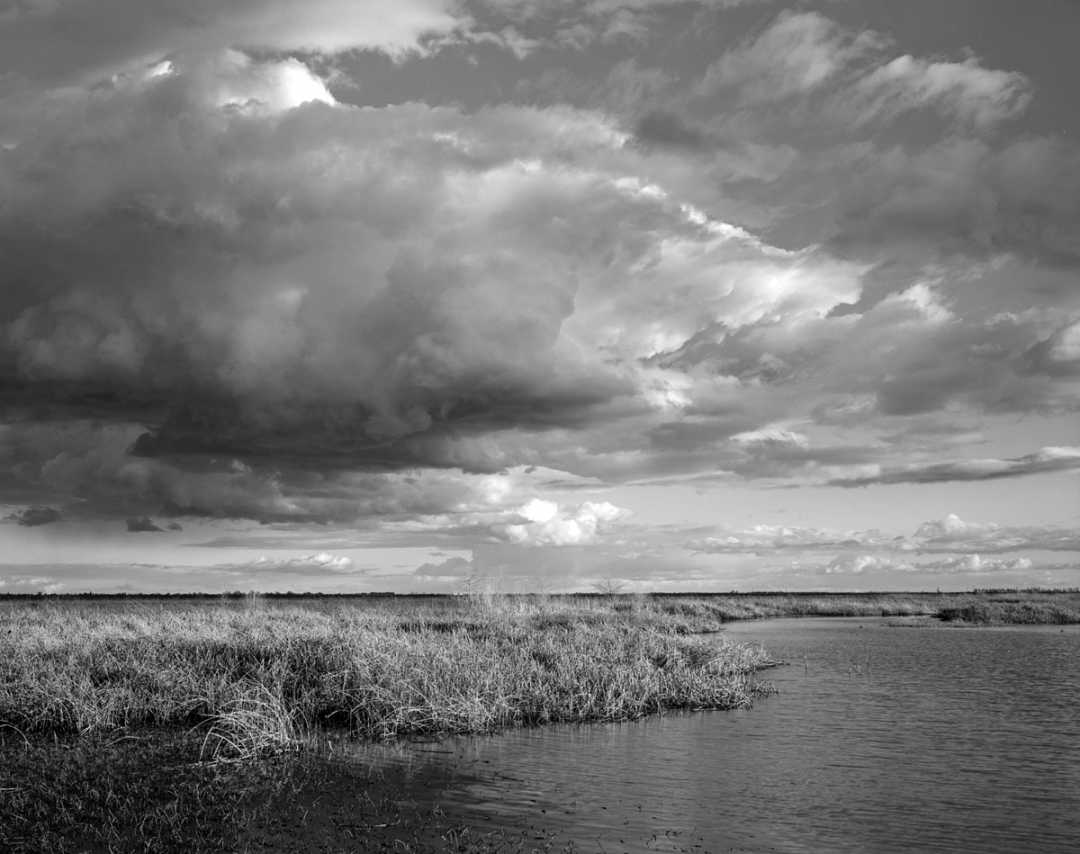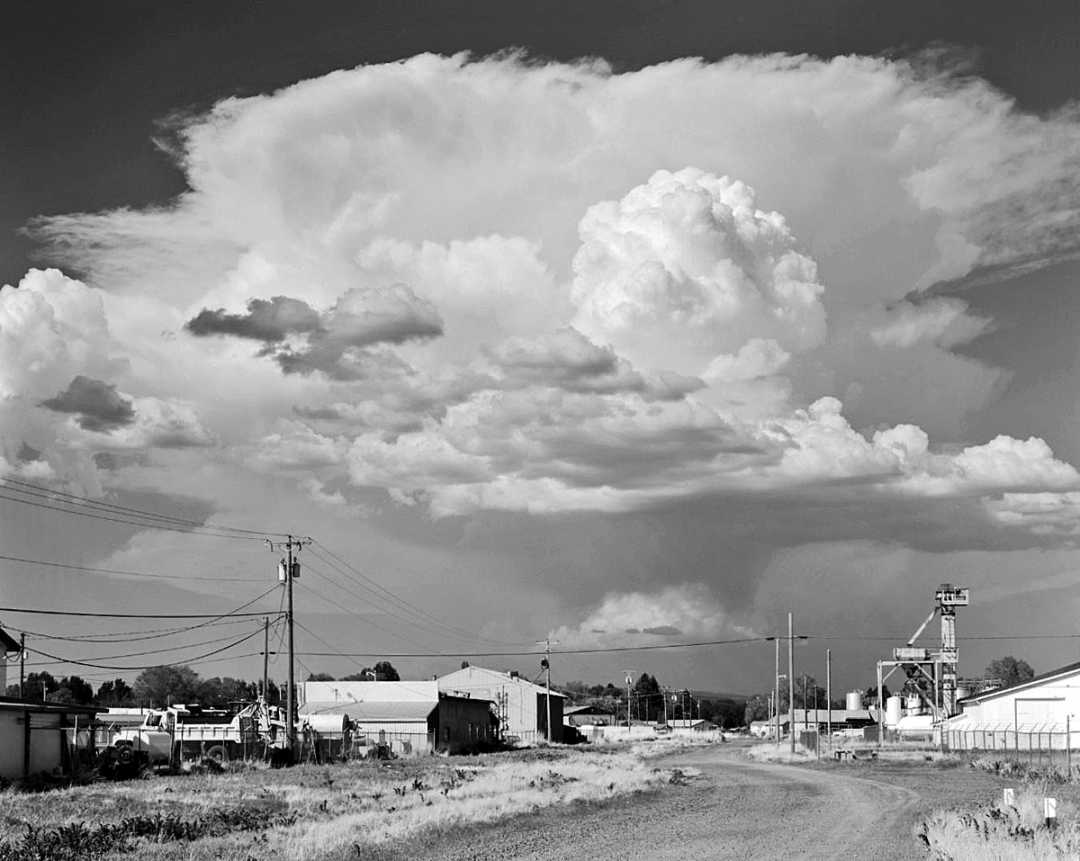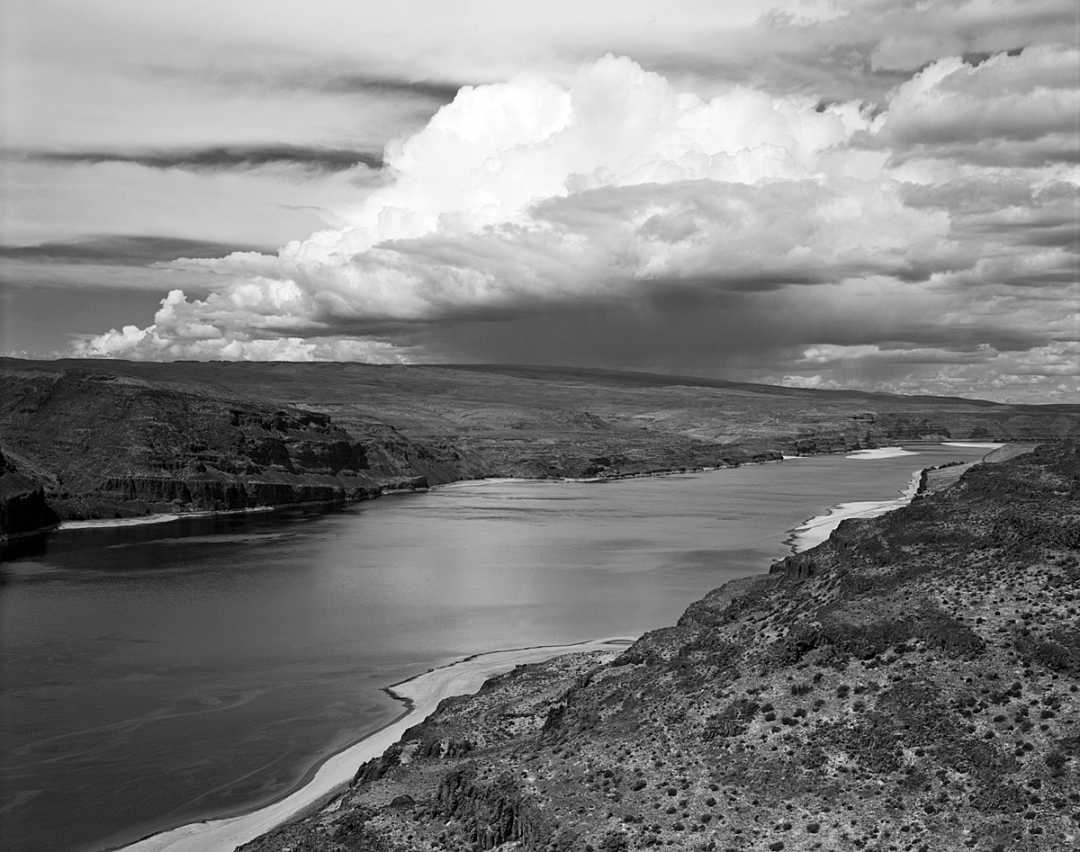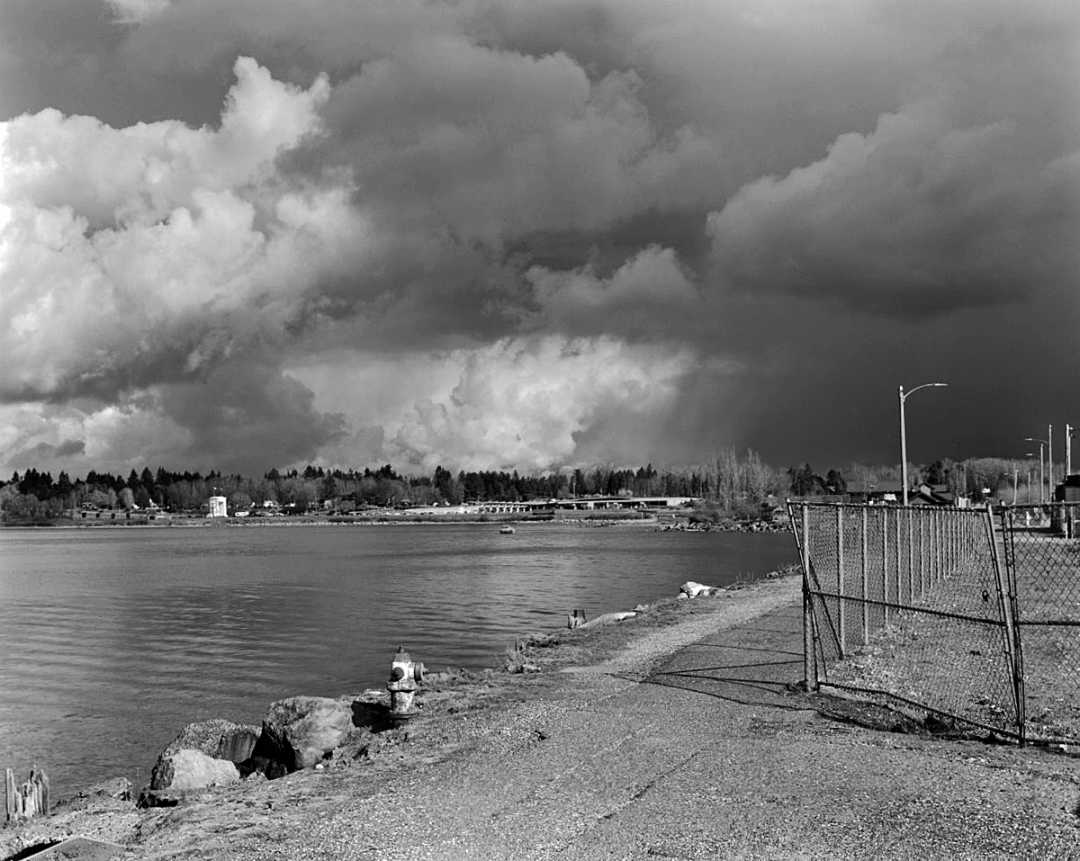Please help me correctly identify these clouds
Forums › The Cloud Forum › Please help me correctly identify these clouds
- This topic has 20 replies, 5 voices, and was last updated 7 years, 9 months ago by
Howard Brown.
-
AuthorPosts
-
-
March 9, 2018 at 6:38 pm #262347
Norman Riley
ParticipantHi Everyone,
I am a new member, and I ask for your help in correctly identifying some clouds. I will be uploading a total of 5 images. Thank you very much for your help!
1. I think this is some type of stratocumulus cloud, but I am not sure:

-
March 9, 2018 at 6:40 pm #262349
Norman Riley
ParticipantHere is the 2nd image. I am 99% sure this is cumulonimbus.

-
March 9, 2018 at 6:41 pm #262350
Norman Riley
ParticipantHere is the 3rd. Is this a nimbostratus cloud?

-
March 9, 2018 at 6:42 pm #262351
Norman Riley
Participant4th. Stratocumulus stratiformis?

-
March 9, 2018 at 6:44 pm #262352
Norman Riley
Participant And finally this. I have no idea. I thought perhaps cumulus congestus, but I have grave doubts about that so I turn to you for assistance. Thank you again! I sincerely appreciate your help in correctly identifying these clouds.
And finally this. I have no idea. I thought perhaps cumulus congestus, but I have grave doubts about that so I turn to you for assistance. Thank you again! I sincerely appreciate your help in correctly identifying these clouds. -
March 10, 2018 at 10:50 am #262439
 Hans StockerParticipant
Hans StockerParticipantWelcome nerphoto54. Very nice pictures you posted. I like especially the second one with the somewhat desolated industrial scenery under a towering King of clouds, all in black and white. Great cloudscape and a cumulonimbus for 100%.
I make my own mistakes in the determination of clouds (according to an occasional unverified spotting with the cloudspotter app), but I agree with all of your suggestion. The last one seems more difficult. Cumulus for sure. Congestus? Might be. Maybe someone else has a more accurate opinion on this one?
I hope this helps a bit and I also hope to see more pictures from you.
-
March 10, 2018 at 4:21 pm #262476
Norman Riley
ParticipantHello Hans,
Thank you for weighing in on this. Thank you also for your compliments on the images. I think I have a better idea about some of these clouds, but I remain unsure and would genuinely like to know the correct names because I will soon be exhibiting these photographs and do not want to misrepresent them to the viewing public.
1. I initially thought cumulus mediocris based on its similarity to other pictures on the internet, but based on what I see in the “International Cloud Atlas,” I now think either stratocumulus castellanus, or cumulonimbus calvus. I am still not sure. It could be something else entirely.
2. Definitely cumulonimbus capillatus.
3. The massive cloud in front is more likely of the same type as seen in the first picture, i.e., or Sc cas or Cb cal.
4. I still think stratocumulus stratiformis and, unfortunately, as in other cases I am still unsure of that.
5. I think the lighter-toned masses may indeed be cumulus congestus. I would be delighted to have the right identification for those alone, and to leave the remainder unknown.
My name is Norman Riley. I write to you from Bellingham, Washington, and I renew my plea to all CAS members for help in assigning the correct names to these clouds. Thanks very much!
Norm
-
March 10, 2018 at 5:26 pm #262495
 Hans StockerParticipant
Hans StockerParticipantHello Norm,
I read you already consulted the ICA. On the basis of what you wrote I felt I had to look again and more precise.
1. I would go for stratocumulus stratiformis. Cb is possible, but on the picture the full height and the shape of its top is not visible.
2. Definitely cumulonimbus capillatus.
3. No nimbostratus but Cb calvus. I even speculate about a shelf cloud in front of the approaching Cb. I must be humble on this opinion, so be careful. Anyway a great wide view!
4. Like you, I also think it is stratocumulus stratiformis.
5. Cumulus congestus seems to me the most plausible choice. In the differantiation between the species of cumulus it is just a matter of size or maturity and having a view under the clouds does not reveal their heights. Nevertheless they are certainly not humilis and to me they seem more than mediocris, so I would say congestus. Fractus – being the last possible species of cumulus – is too different and is no option.
I like your questioning on this and for me this feels like an exercise. Like you I look forward to an opinion of someone who is more certain of the determination. In that case I will also learn from the feedback.
Main thing – apart from the determination – is the beauty of the pictures and I really like them. So lots of success with your exhibition.
Hans
-
March 10, 2018 at 7:26 pm #262508
Norman Riley
ParticipantThank you, Hans. Your suggestion that the first image may show an example of Sc str is a very interesting one. I had not considered that possibility. Would you agree that this could be one type of cloud on its way to becoming another type, and would you please tell me what feature(s) present or lacking rule(s) out Sc castellanus in this case? I am eager to learn! Thanks again.
Norm
-
March 10, 2018 at 7:33 pm #262510
Norman Riley
Participantps. Could the cloud in the first image be Cb calvus as well? It does look similar to one appearing in the 3rd image. I agree the 3rd is not nimbostratus and I now understand why.
-
March 10, 2018 at 8:49 pm #262519
 Patricia L KeelinParticipant
Patricia L KeelinParticipantHello, Norm. While I’m not in the know enough to answer to your questions about cloud classification, I just want to say that I admire your photos (the 4th being my favorite with those lenticular-looking islands below). Also, a funny thing happened when I mis-read the first three words of your PS above, “Could the cloud”. What made me smile is noticing an anagram for “cloud” is “could”, a word used in the English language to indicate possibility. What made my smile linger is thinking how clouds possess endless possibility for shape-shifting and for delighting those of us who look up to them. So thank you for sharing your images here and sparking this moment of mirth. I, too, wish you the best of success with your upcoming exhibit and hope we see more from you.
-
March 10, 2018 at 9:15 pm #262529
 Hans StockerParticipant
Hans StockerParticipantHaha Norm, we are learning together now. I wrote about the first one that Cb calvus is possible but in my opinion not verifiable. So I came to Sc stratiformis. And the next thing is implied by what you write yourself: clouds develop and once they are this they develop to that. This is precisely what I found out to be difficult too in the practice of cloud spotting. A picture in itself doesn’t show the process of development but just a frozen moment in time. Also there is this narrow perspective of the observer on the ground for whom features stay hided. Nevertheless a meteorologist or someone more experienced than me could read more signs to decide on a definitive determination.
What I know about castellanus is that it must show the typical distinct oplifting parts appearing in rows like castle towers. That’s what’s in the name castellanus. I don’t recognize that on your pictures. The ICA will show and I guess you will find good examples of it googling around.
Once begun I should also finish but coming at this point I hope someone else would be so kind to give his or hers opinion on your pictures and on my oracles as well.
-
March 11, 2018 at 4:30 am #262573
Norman Riley
ParticipantHello Keelin, and thank you for your warm welcome to the CAS. Like many others here, I’ve had a long-running fascination with clouds. Only since retiring from my career as a toxicologist have I undertaken the effort to learn more about clouds. It is undoubtedly the scientist in me that wants to know the proper names of the clouds depicted in my photographs. As Hans points out, one of the chief difficulties in identifying clouds, especially for a beginner like me, is knowing how to classify one that may be evolving from one type into another. I think he must be right in observing that a lot depends on when you see the formation. I look forward to learning all I can about this subject and I am very glad to be here among people who know far more than I do and who are willing share their knowledge with me. Also, I appreciate your compliments about the pictures themselves. Thank you. Large format film photography has been a hobby of mine for nearly 40 years, and in that time I have come to regard clouds as essential to all of my landscape work. The 4th image which you mention is a view of the San Juan Islands as seen from a prominent overlook near my home. The other images are from: (1) Davis, California 2007; (2) Burns, Oregon 2014; (3) the Columbia River at Vantage, Washington 2014; (4) San Juan Islands, Washington 2016; and (5) Blaine, Washington 2017, where the white “Peace Arch” seen in the distance marks the border between Canada and the USA. Over the years I have made many images that feature clouds. I attach another here, taken in the Nevada desert in 1986. I believe this one shows cumulus mediocris along with a type of stratus cloud in the background (of course I may be entirely wrong about this and the fact that more than one type of cloud may be present in the sky at the same time is another source of great confusion for me). I will not be exhibiting this particular photograph, and that is why I did not include it in the set above.
Hans, thank you very much for clearing up my confusion about castellanus formations. Yes, we are learning together, but I think there is a significant difference between us, namely that I have more questions than answers whereas you have more answers than questions! I appreciate being able to ask you my questions. Thank you for sharing your knowledge with me. Regarding that 1st image, my limited understanding of this science causes me to expect that Sc str occurs in continuous sheet vs. formations separated by as much open sky as we see here, but I simply do not know. I have wandered into some fairly arcane territory (e.g., “cumulus congestus stratocumulogenitus”) trying to pin this one down. Perhaps I would do best to simply title the image “Startocumulus straiformis according to Hans Stoker.” Would you mind ..??
Norm

-
March 11, 2018 at 10:41 am #262598
 Hans StockerParticipant
Hans StockerParticipantHello Norm,
To start with an answer to the last question you put forward: that would be too much honor imho. And I noticed the funny way your keyboard must have troubled you in spelling this great title. It produced a title in a different way you meant I presume. Please reread your title and I hope you can share the fun of it…:)
Great to read more about you and your hobby. One can see the quality and sharpness of this way of photographing in black and white and like Keelin I do like these black and whites very much.
To put my ‘knowledge’ in perspective (again) you must know I am a cloud enthusiast since four years and still learning. The main thing that attracted me is the photography and the wild images clouds can give in all their different appearances. I am retired too, living in the Netherlands and have a lot of fun sharing pictures on the forum with Keelin, Michael and others. Most of the pictures are more or less abstract miniatures sometimes surreal, impressionistic, real or whatever seems to be worth sharing. So a bit different than the large clouded landscapes you presented here although an occasional example like these can be found also. There are threads for B&W’s (mostly abstract and surreal), Color, Halos and Rainbows, Contrail (surprisingly diverse) and Sunset and Sunrises. In all of hem there is a lot of pareidolia involved. Very funny too. You might have noticed these threads on the forum. Also Cloudscapes and Silver Linings have earned their own thread.
To be continued…..?…
-
March 11, 2018 at 6:17 pm #262642
Norman Riley
ParticipantHi Hans,
Please accept my apology for misspelling your last name. It embarrasses me to see that I wrote “startocumulus” instead of “stratocumulus, but that is funny because we are both starting out in our efforts to know more about clouds, and we are struggling to assign the correct name to this particular cloud. “Startocumulus” is wrong, but appropriate under the circumstance. Unintentional, but very funny!
Norm
-
March 12, 2018 at 11:40 pm #262815
Howard Brown
ParticipantNorm, welcome, and you have much good advice in this thread; there is mention of time and of more than one type of cloud at the same time. You may wish to look at this old UK Met Office PDF (nomenclature would be old ICA). In particular there is a pictorial guide to CL (lower cloud) on page 3 since you have many such.
https://www.metoffice.gov.uk/binaries/content/assets/mohippo/pdf/r/cloud_types_for_observers.pdf
The current version of the above is in the new ICA
https://cloudatlas.wmo.int/coding-of-clouds.html
but I find the old form easier to use.
-
March 13, 2018 at 2:15 am #262831
 George PreoteasaParticipant
George PreoteasaParticipantHi Norm and welcome. I think in #5 you have several cumulus clouds at different stages. The atmosphere seems to be laden with moisture and unstable, so you there is rather rapid vertical development. Let’s look at those clouds that you can see almost in their entirety, there are a couple on the horizon and one in the foreground on the left. I don’t think they qualify for congestus, more like mediocris. In the background, a massive grey cloud. That could be a congestus, maybe a cumulonimbus. But you don’t see enough of it to tell. In fact, many times, the bigger cumulus clouds come with an entourage of lower clouds that often mask them. My humble opinion.
Hygge, you (or someone) posted the UK met clouds document before. I do find it useful. I like that it describes how clouds evolve. Aren’t clouds about constant change?
-
March 13, 2018 at 3:46 am #262840
Norman Riley
ParticipantHygee, Thank you for welcoming me here and thank you also for those useful links. I have bookmarked both and I am sure I will refer to them in the future as I work to improve my ability to accurately identify the many fascinating structures I am able to see in the skies over Washington.
George, I thank you as well for your greeting and suggestions. For a beginner like me, it is a mysterious business trying to identify different types of clouds in complicated situations like the one I enjoyed watching unfold in no. 5 above. I remember the sense of surprise I felt as a boy when I first realized it was possible for people to have more than one health problem at a time, e.g., that I could have both a cold and a broken arm! Although I have been interested in and entertained by clouds for as long as I can remember, I have been terribly late to notice that many different types can be present at the same time in the skies here, and I would assume anywhere else. Somehow, that distinction came into focus for me only when I started trying to name the different types of clouds that I see almost daily. In a way, learning that cloud spotting is far more complicated than simply knowing the difference between cumulus and cirrus, for example, caused me to feel a sense of wonder not unlike the one I experienced many years ago when suddenly afflicted by two problems at once.
Norm
-
March 16, 2018 at 8:40 pm #263377
Howard Brown
ParticipantOld ICA Vol II (available in hard copy still perhaps if only second hand).
Norm, this is the pictorial version of the old ICA. It helps by using arrows to pin point areas of an image using the Cloud Coding as above. The index is at the back and is cloud name specific starting with CL e.g. Cumulus; the Code figure has three columns CL, CM, CH.
-
March 17, 2018 at 6:33 am #263437
Norman Riley
ParticipantThank you, Hygge, for directing me to this older version of the ICA. I believe this material will be very helpful to me in my efforts to accurately identify clouds that figure prominently in some of my photographs. I appreciate your thoughtful assistance.
Norm
-
March 24, 2018 at 12:14 am #264583
Howard Brown
ParticipantNorm, I should have said I bought my hard copy old ICA books, Vol I and Vol II, direct from the WMO itself in Geneva. They just might have some Vol II left in stock (you would not want the old Vol I now).
-
-
-
AuthorPosts
- You must be logged in to reply to this topic.






 And finally this. I have no idea. I thought perhaps cumulus congestus, but I have grave doubts about that so I turn to you for assistance. Thank you again! I sincerely appreciate your help in correctly identifying these clouds.
And finally this. I have no idea. I thought perhaps cumulus congestus, but I have grave doubts about that so I turn to you for assistance. Thank you again! I sincerely appreciate your help in correctly identifying these clouds.
